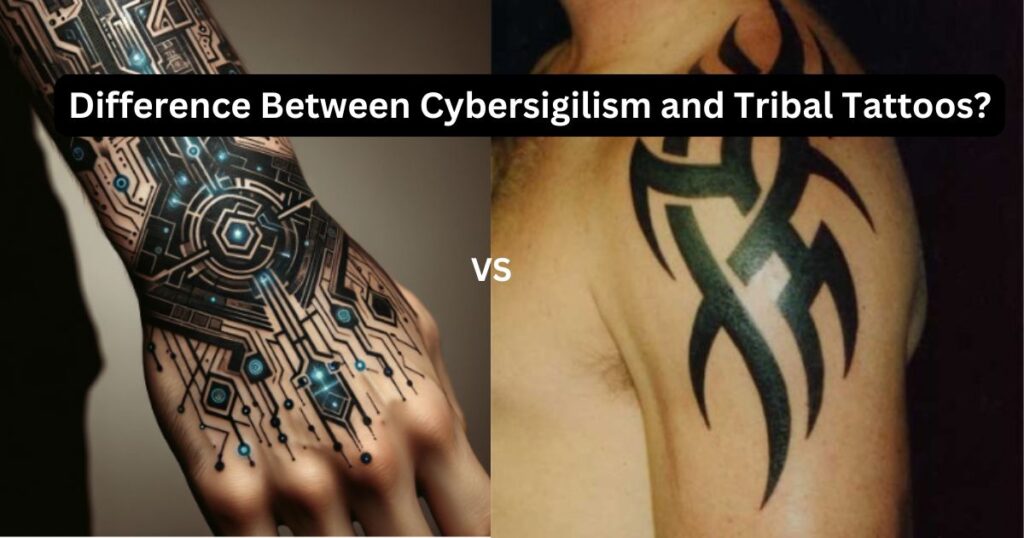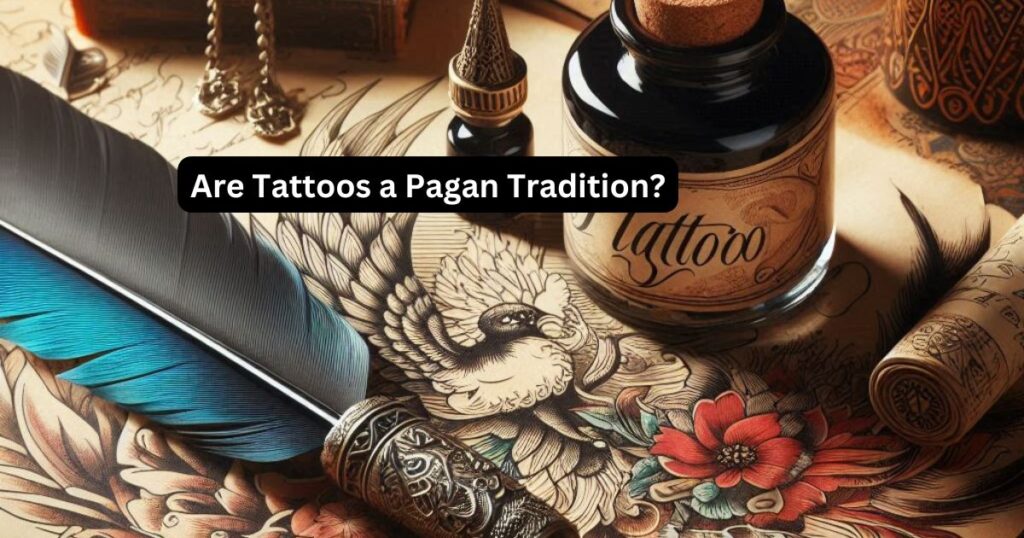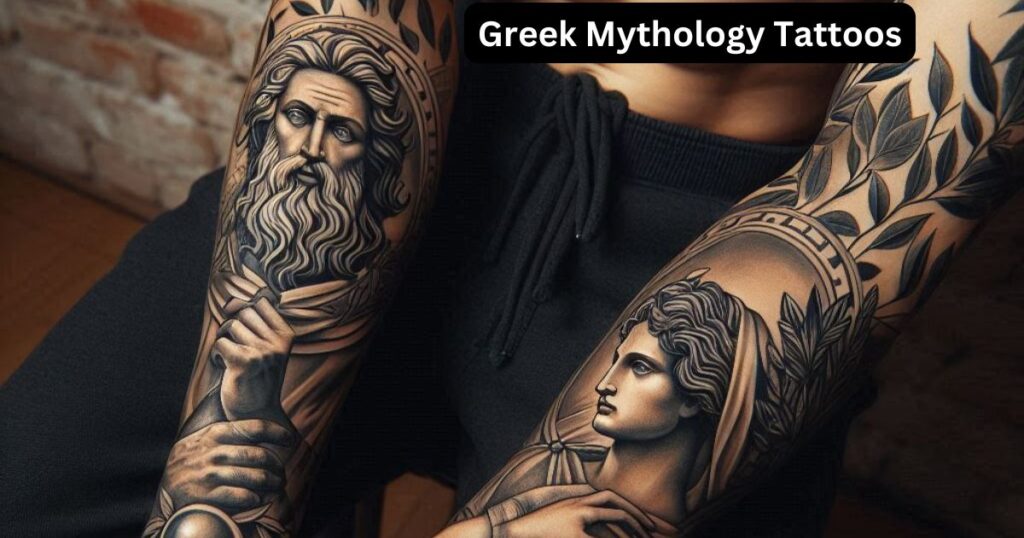The difference between cybersigilism and tribal lies in their origins, visual styles, and cultural significance. While both are forms of tattoo art, they represent vastly different worlds. This article will explore these differences to help you understand each style better.
Origins and Evolution
Cybersigilism: A Modern Invention
Cybersigilism is a relatively new tattoo style. It emerged in the late 20th century, influenced by digital culture and the rise of the internet. This style often combines elements of technology, magic, and mysticism.
The term “cybersigilism” comes from “cyber,” referring to the digital world, and “sigil,” which is a symbol with magical power. This fusion of concepts creates a unique style that blends the digital and the mystical.
Tribal: An Ancient Tradition
Tribal tattoos, on the other hand, have ancient roots. These tattoos originated in various indigenous cultures around the world, including Polynesia, Africa, and the Americas.
Each tribe had its distinct designs and patterns, often symbolizing status, rites of passage, or spiritual beliefs. The term “tribal” is broad and encompasses many different styles, all of which are deeply connected to the history and traditions of the tribes that created them.
Visual Style and Design
Cybersigilism: Futuristic and Symbolic
Cybersigilism tattoos often feature sharp lines, geometric shapes, and intricate patterns. The designs may look like circuit boards, data streams, or other elements inspired by technology. Some include symbols or “sigils” that are believed to hold magical properties.
The color palette is usually limited to black, gray, and sometimes neon or other bright colors that evoke a digital aesthetic. These tattoos often have a futuristic feel, representing the intersection of technology and the esoteric.
Tribal: Organic and Cultural
Tribal tattoos are typically characterized by bold, black lines and repetitive patterns. The designs are often organic, inspired by nature, animals, and the environment. Spirals, lines, and shapes are common, and each pattern often has a specific meaning tied to the culture from which it originates.
Tribal tattoos are usually monochromatic, relying on the contrast between the ink and the skin to create a striking visual effect. These designs are not just decorative; they carry deep cultural significance and are often tied to the identity and heritage of the wearer.
Cultural Significance and Meaning
Cybersigilism: Personal and Mystical
Cybersigilism is often more personal and individualized. The symbols used in these tattoos may hold specific meanings for the wearer, often related to their beliefs or experiences in the digital world.
Some people use cybersigilism as a way to merge their interest in technology with their spiritual or mystical practices. Unlike tribal tattoos, which are rooted in community and tradition, cybersigilism is more about individual expression and the fusion of modern and mystical elements.
Tribal: Communal and Traditional
Tribal tattoos are deeply connected to the culture and community of the wearer. In many indigenous cultures, these tattoos are more than just body art; they are a rite of passage, a symbol of belonging, or a mark of status.
The designs are often passed down through generations, each pattern carrying stories and meanings specific to the tribe. Getting a tribal tattoo is often a communal experience, with the design and placement chosen based on the individual’s role within the community.
Modern Adaptations and Misinterpretations
Cybersigilism: Innovation and Experimentation
As a modern style, cybersigilism is constantly evolving. Artists experiment with new designs and techniques, pushing the boundaries of what this style can represent. Because it is not tied to any specific culture, there is more freedom to innovate and personalize these tattoos. However, this also means that cybersigilism can be highly variable, with no set rules or guidelines.
Tribal: Respect and Appropriation
Tribal tattoos have also evolved over time, but their adaptation to modern tattoo culture comes with challenges. While some people choose tribal tattoos to honor their heritage, others may get these designs without understanding their cultural significance.
This has led to issues of cultural appropriation, where sacred symbols and patterns are used without respect for their original meaning. It’s important to approach tribal tattoos with respect and understanding, recognizing the deep cultural roots they have.
Choosing Between Cybersigilism and Tribal
When choosing between cybersigilism and tribal tattoos, consider what you want your tattoo to represent. If you are drawn to the modern, digital, and mystical, cybersigilism might be the right choice.
On the other hand, if you want a tattoo that connects you to ancient traditions and cultural heritage, tribal tattoos may be more appropriate. Both styles offer unique ways to express identity and beliefs, but they come from very different places and carry different meanings.
Tradition vs. Innovation
In summary, the difference between cybersigilism and tribal tattoos lies in their origins, visual styles, and cultural significance. Cybersigilism is a modern, personal, and mystical style that merges technology with magic, while tribal tattoos are ancient, communal, and deeply tied to cultural traditions.
Whether you are drawn to the futuristic elements of cybersigilism or the organic patterns of tribal tattoos, understanding these differences can help you make an informed choice.



